What is the tolerance range of precision screws?
What is the tolerance range of precision screws?
Service Hotline
+86760-8787 8587We have more than ten years of production experience in the screw industry, the main products are: machine wire screws with pads, cotter pins, accessories furniture nuts, Japanese standard 304 stainless steel screws, non-slip locking screw caps, fish eye expansion bolts, GB5789 screws, Stainless steel extra-small washers, cap nuts, carbon steel fine-thread screws, 8.8-grade high-strength pressure plate nuts, B-grade equal-length stud screws, external hexagon full-thread screws, GB93 shock-proof open spring washers, round double internal teeth equal-tight Firmware, due to different product materials and specifications, the price is also different, please contact us if necessary.


A low-carbon steel rivet nut fastener composed of a brim, a deformed skirt and a threaded wire hole is characterized in that there are fish teeth below the brim; the outer side of the lower end of the threaded wire hole has a chamfer; the inner wall of the threaded wire hole The cross section of the thread is an isosceles trapezoid, and the upper bottom of the trapezoid is a concave arc.
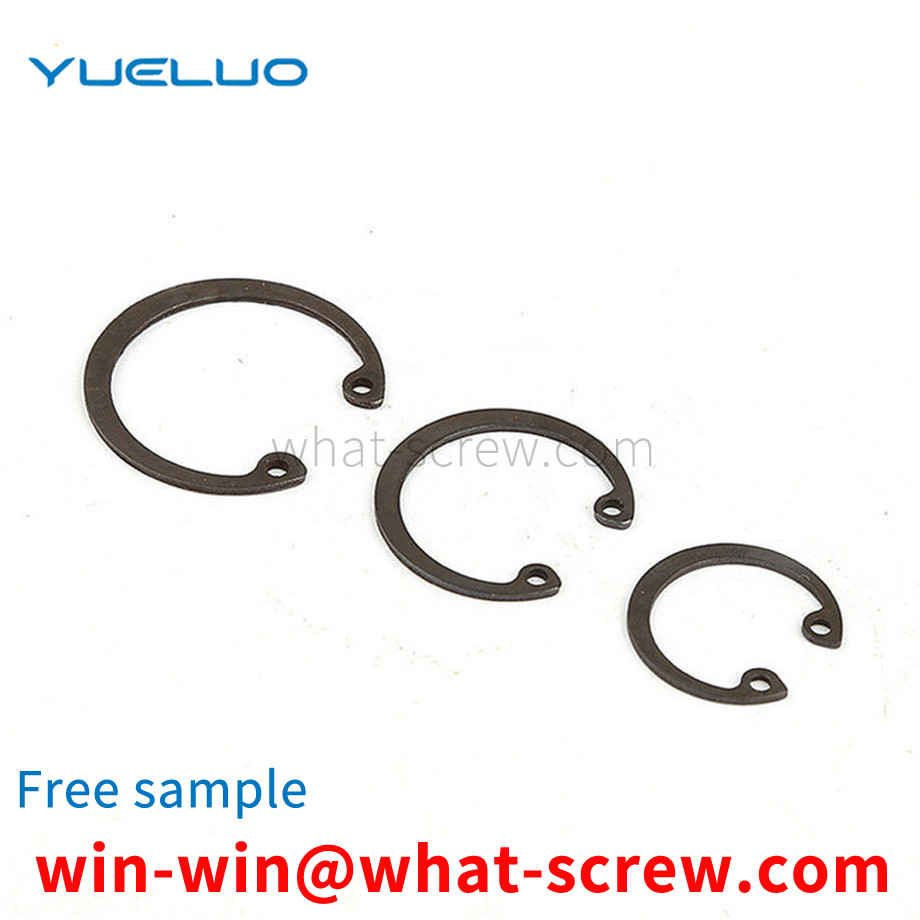
The semicircular key is a kind of key, the upper surface is a plane, the lower surface is a semicircular arc surface, the two sides are parallel, commonly known as the crescent key. It is basically the same as the flat key connection method, but it is more convenient to manufacture and disassemble than the flat key, and is especially suitable for the connection between the tapered shaft and the hub. The half-round key transmits torque on the side, but the keyway is deep, which weakens the shaft greatly. Due to the deep keyway, the bottom of the keyway is easily deformed after the shaft is heat treated. Therefore, when the semicircular key and the keyway are assembled in a transitional fit relationship, the interference between the lower part of the semicircular key and the bottom of the keyway often occurs, resulting in difficult or impossible assembly. Assembly situation. In order to solve the above technical problems, the current method is to make the thickness of the semicircular key appropriately thin, so that the semicircular key and the keyway are clearance fit, which brings about a large gap between the upper part of the semicircular key and the keyway, and the semicircular key is in operation. Difficult to locate in the keyway, affecting smooth transmission.
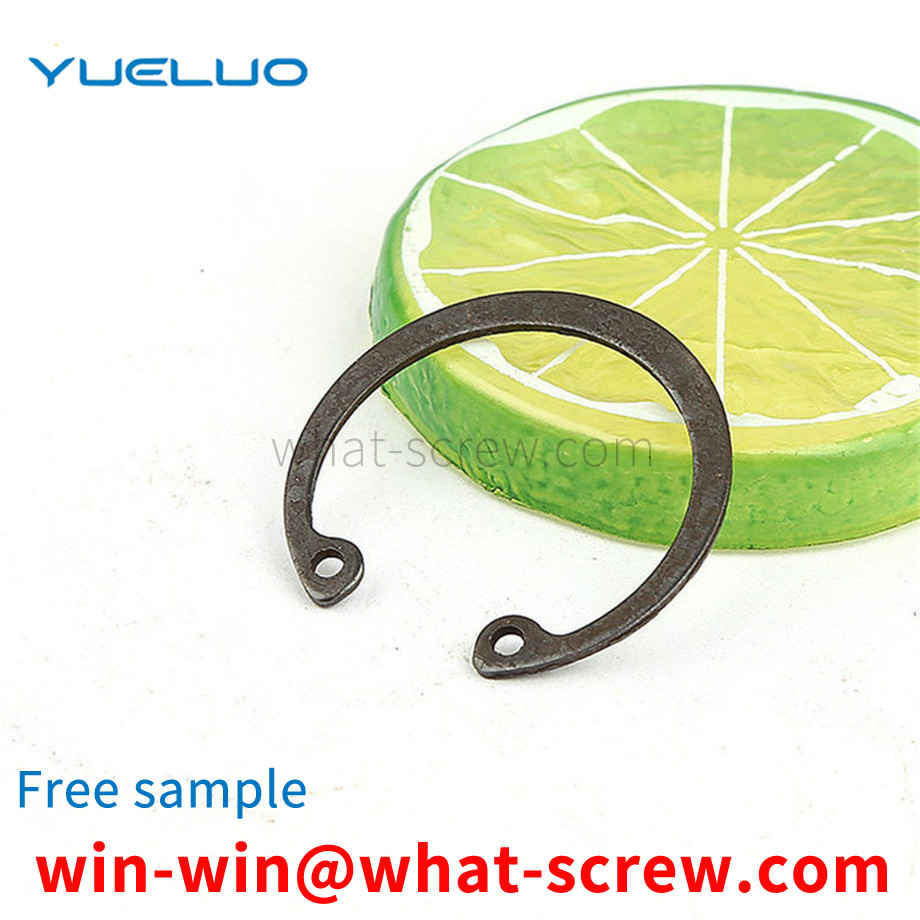
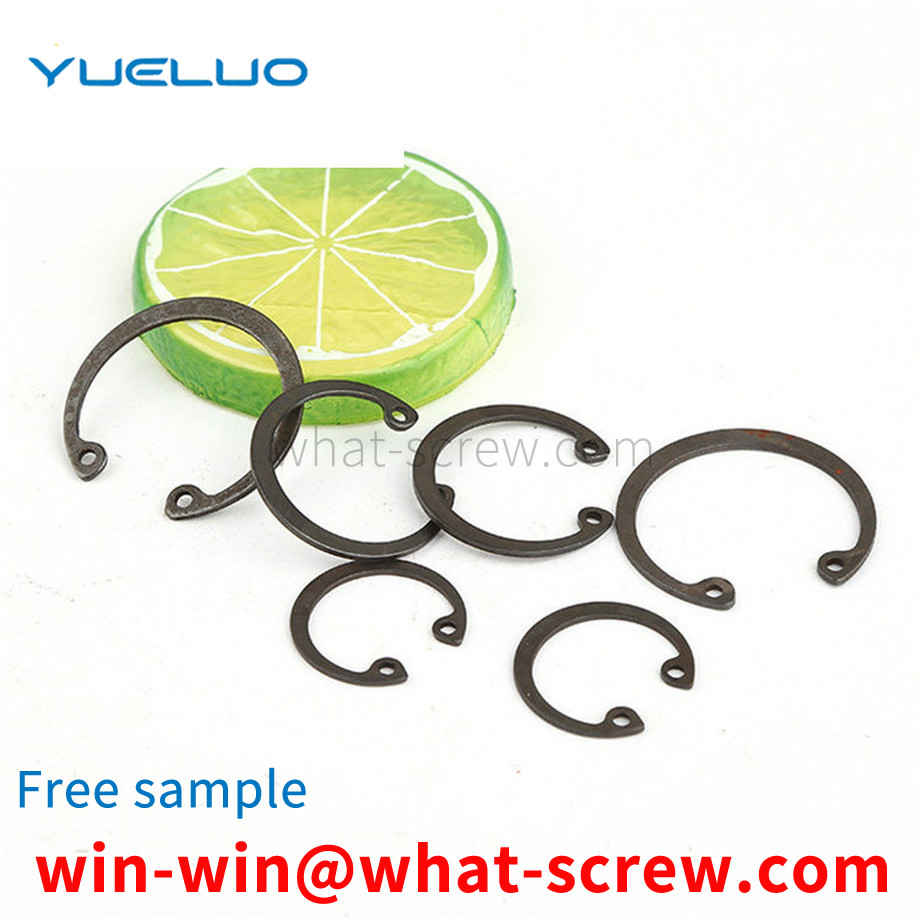
According to the development and evolution process of self-tapping screws, we believe that the main types of self-tapping screws are as follows: 1. Common self-tapping screw threads are self-tapping threads, also known as wide thread. The surface is mostly electroplated. 2. Self-cutting and self-tapping screws are called scraping ends of self-tapping screws in my country's standard. The threads are self-tapping threads or machine threads, and the cross grooves are also H type. There are several types of self-cutting self-tapping screws: cross recessed pan head self-cutting self-tapping screws, cross recessed countersunk head self-cutting self-tapping screws. Cross recessed countersunk head self-cutting self-tapping screws, hexagon head self-cutting self-tapping screws. 3. Self-extrusion and self-tapping screws (self-tapping locking screws) The threads of self-extrusion and self-tapping screws are generally machine threads, and self-tapping threads are rarely used. In the wrenching method, in order to ensure the use of high-speed automatic assembly wrenches, slotting is generally not recommended. The cross section of the screw of the self-extrusion self-tapping screw is triangular. So it is also called triangular thread screw. 4. Self-drilling and self-tapping screws (self-drilling screws) The threads of self-drilling and self-tapping screws are self-tapping threads according to Chinese, German and international standards. In the American ASME and SAE standards, the BSD self-drilling self-tapping screws are self-tapping threads, and the CSD self-drilling self-tapping screws are machine threads. Self-drilling self-tapping screws are not recommended for slotted and normal hex head. 5. Metal driving screws (metal tapping screws) The metal driving screws have multiple threads and special threads with a certain helix angle. Only the American standard has metal drive screws, and there are no Chinese and German standards. 6. Wallboard self-tapping screws (dry wall screws) Wallboard white tapping screws are special threads with horn head, cross groove (H type) and 60° profile angle, and the surface is mostly phosphate treatment (phosphating). 7. The cross groove of the fiberboard nail is Z-shaped, and the surface treatment is mostly electroplating. There are several types of fiberboard nails: countersunk head, double countersunk head fiberboard nails, pan head, pan head flange (with pad) fiberboard nails, semi-countersunk head, semi-countersunk head flange (with cushion) fiberboard nails. 8. Combination self-tapping screws Ordinary self-tapping screws, self-cutting self-tapping screws, self-drilling self-tapping screws, etc., and flat washers, elastic washers (including spring washers, elastic locking washers, etc.). 9. Others Self-tapping screw types High and low thread double lead self-tapping screws, coarse and fine thread (different pitch) thread self-tapping screws, threads coated with sealing material (fall resistance) self-tapping screws, various composite groove self-tapping screws, Other special self-tapping screws, etc. In short, there are many types of self-tapping screws. With the development of production, the advancement of technology, new materials, new structures, and new thread forms, new self-tapping screw products will continue to appear.
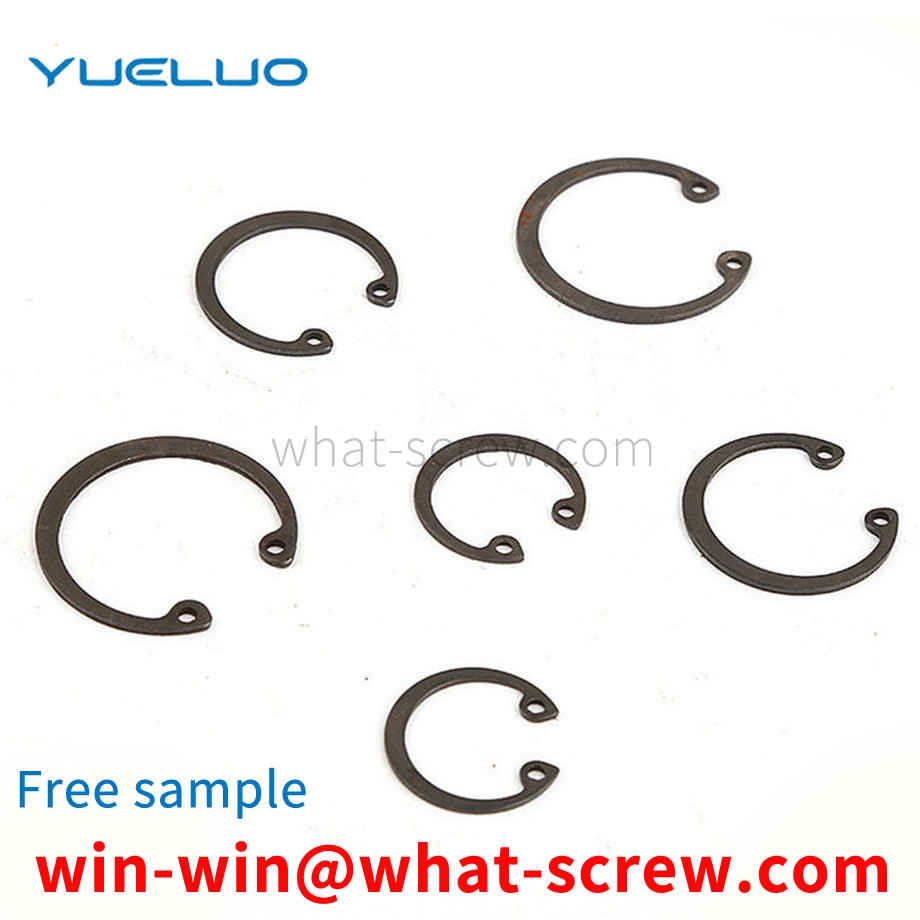
Round head three-combination screw The screw size in the round-head three-combination screw is GB818, and the main technical requirements of various types are: iron and stainless steel material requirements, iron low, medium, high carbon steel, stainless steel combination The materials of the screws are stainless steel 201, stainless steel 304 and stainless steel 316. The thread tolerance is 6G, and the mechanical properties of the iron combination screws are 4.8 and 8.8. The 4.8-level combination screws are ordinary steel, and the maximum allowable hardness is 255HV. The 8.8-level combination screws are generally made of wire rod 10B21. , and then undergo hardening treatment, and then dehydrogenation after hardening treatment. Hydrogen removal is to prevent hydrogen embrittlement of the spring washer in the combination screw. Prevent the spring pad from breaking. The tolerance class of the combination screws is A. The cross groove is H-shaped. The surface treatment of the combination screw has environmental protection and non-environmental protection. Such as, environmental protection blue zinc, environmental protection color zinc, black zinc, color zinc, white nickel and so on. The technical requirement of the combination screw for the spring washer is that the washer should be able to rotate automatically without falling off.
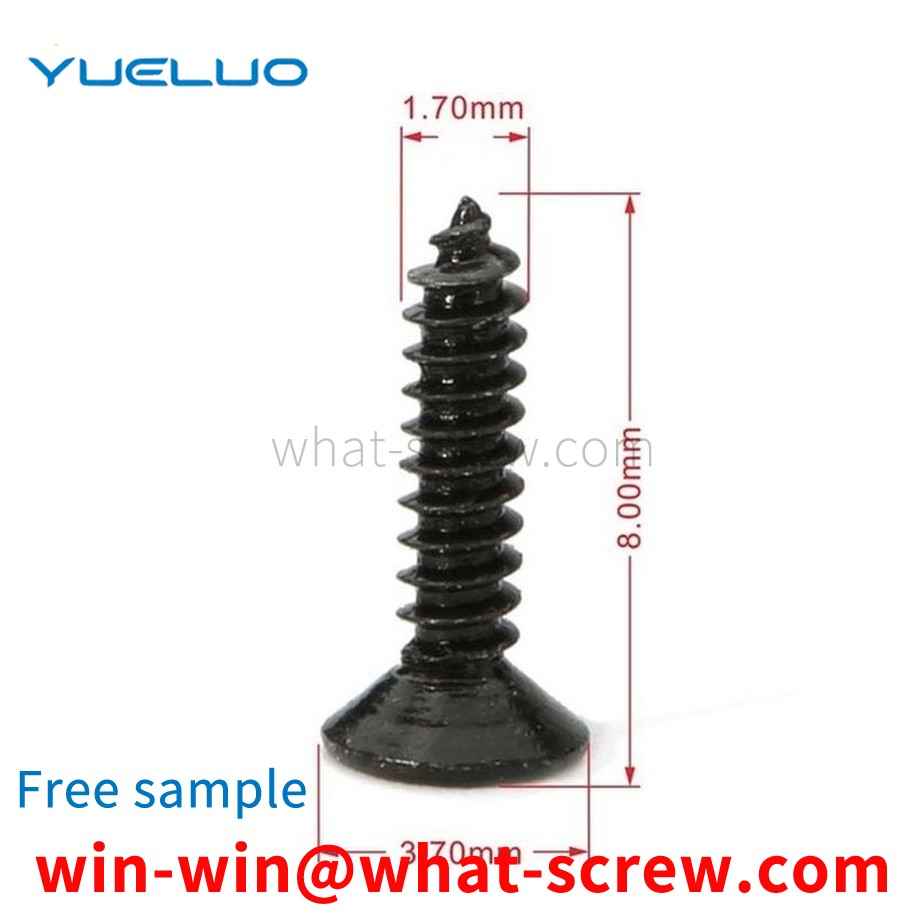
The above content is uploaded by Yueluo or the Internet. If there is any copyright issue, please contact [email protected].

What is the tolerance range of precision screws?

How to choose the right stainless steel screw manufacturer?

Why is there an R angle under the head of the hexagon head s...

We have more than ten years of experience in screw industry ...
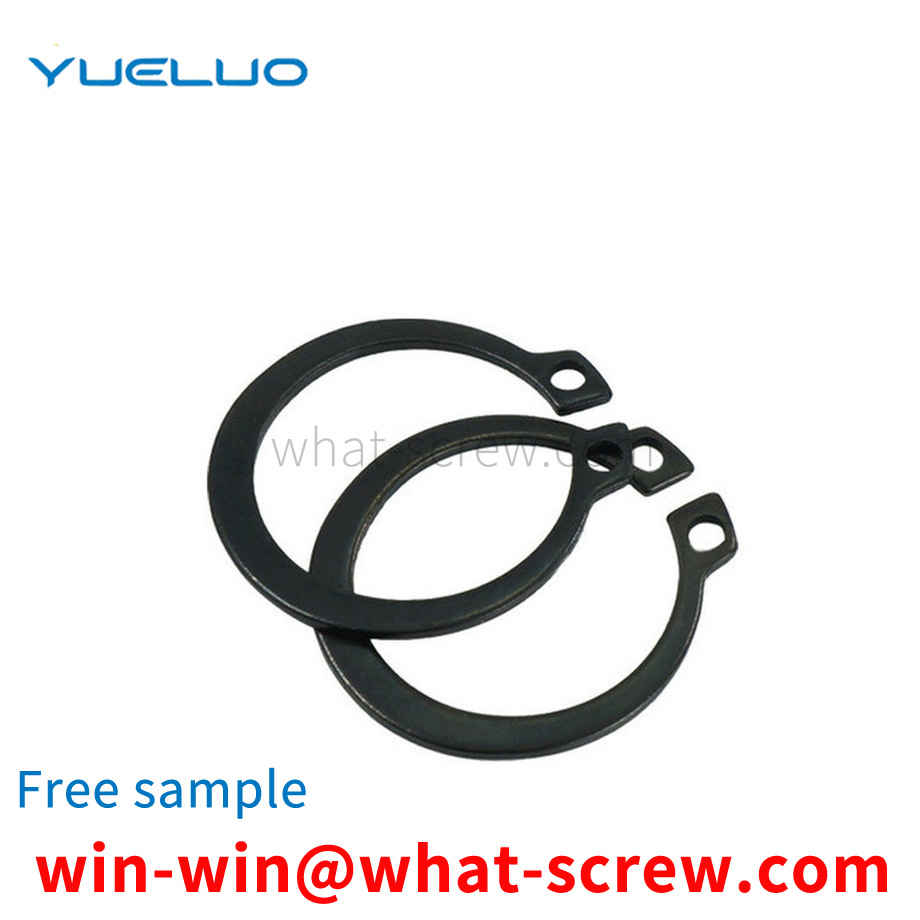
We have more than ten years of production experience in the ...
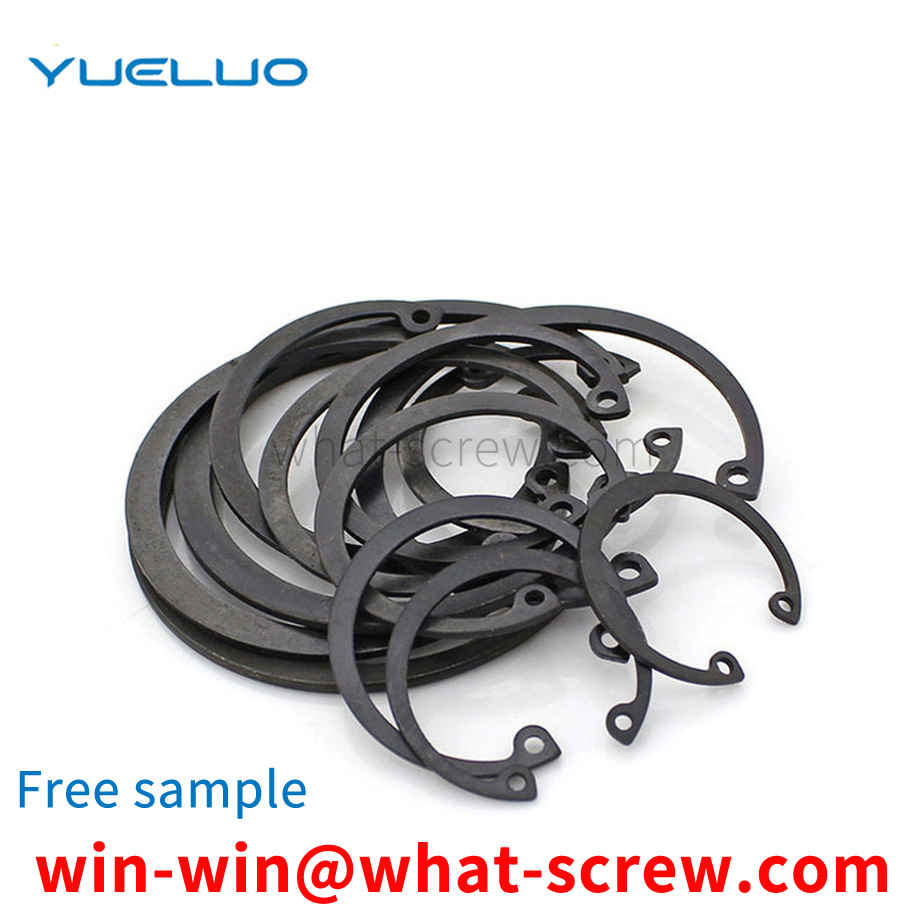
We have more than ten years of production experience in the ...
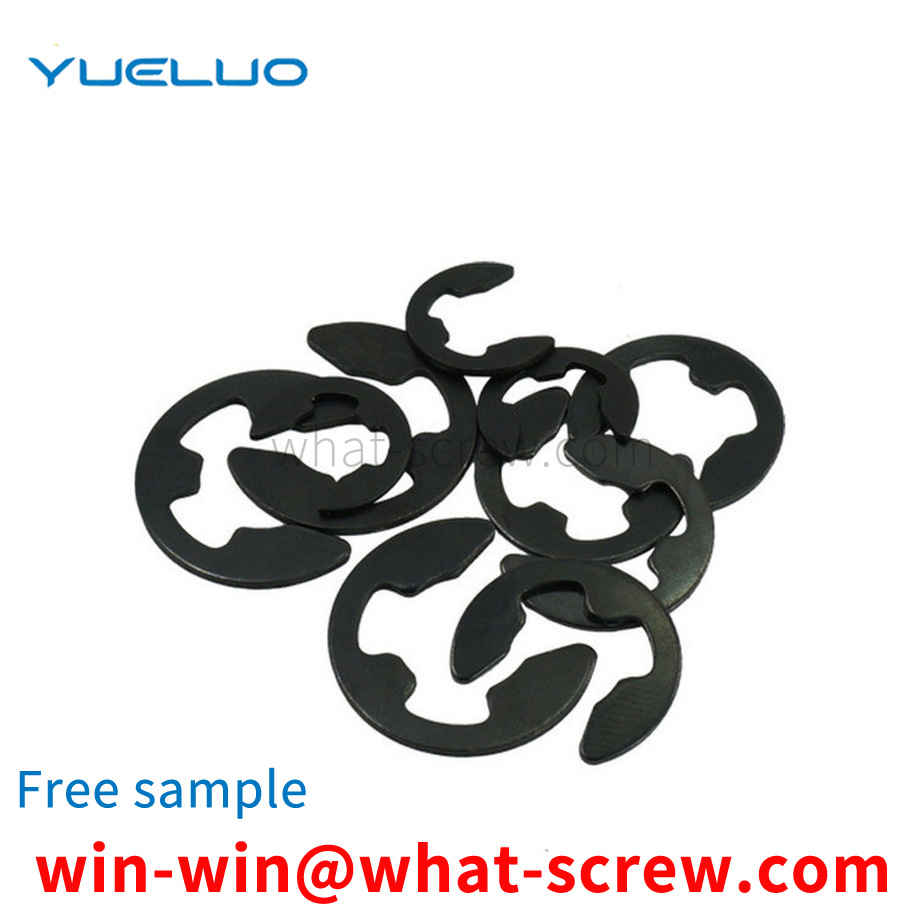
We have more than ten years of production experience in the ...